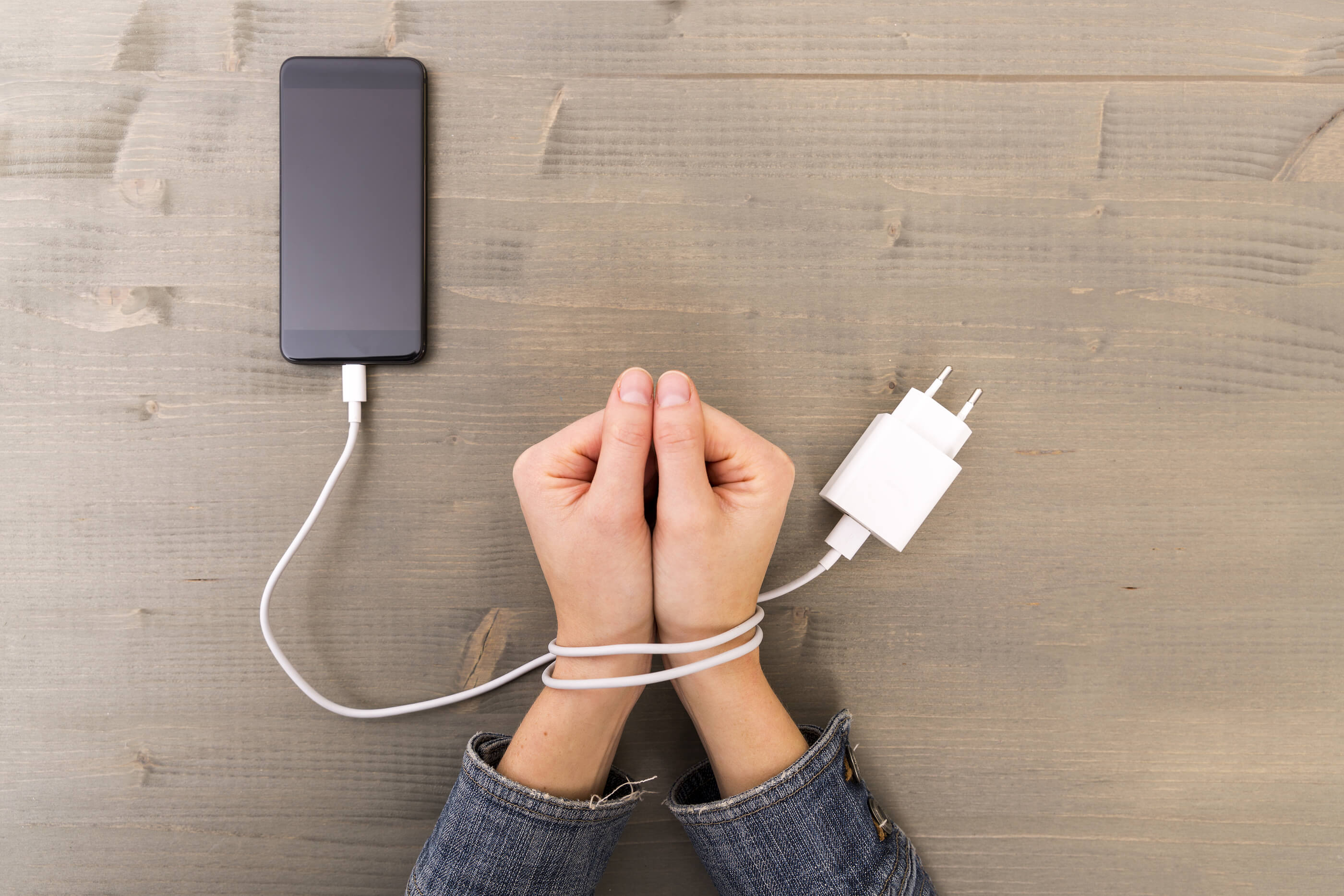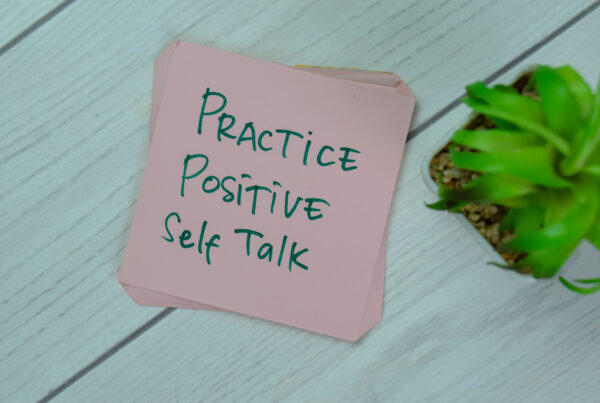
One of the most addictive substances is lurking in your home right now… in fact it’s in your pocket. Your smartphone is an everyday fixture in your life. You rely on it, you revel with it, you confide in it, and you could be addicted to it.
Behavioral Patterns
One telltale sign of addiction is when the user alters his or her daily life to secure his or her substance of choice. The most extreme cases of this would be missing work to score a fix, but more subtle signs could be lurking in your everyday routine. It might be worth asking yourself the following questions to assess your level of smartphone dependence:
- Are you easily distracted? If you stare at your phone while trying to hold a conversation IRL (in real life), then this is a sure sign that your smartphone has a noticeable hold on your attention span.
- What’s the first thing you do in the morning? If the answer is “check your phone”, then you might want to assess how much of your person is wrapped up in your device.
- What’s the last thing you do at night? Do you obsess over your apps to the point of missing sleep? One more tweet, one more game, one more call – these are the promises of someone struggling to kick an addiction. Add to this compulsion the fact that excessive exposure to the light-emitting diodes (LEDs) from your smartphone screen can interrupt your body’s ability to produce melatonin, thus further disrupting your sleep patterns.
- Do you fear being disconnected? Take stock of your daily routine as it relates to finding a charger, logging onto the nearest wifi signal, and any other activities in which you engage just to stay online. Is this conducive to a productive life?
- How does your smartphone affect your finances? If you are willing to spend more money every month to assure that you have the proper data plan or the latest apps, then your smartphone habit is affecting your bank account.
Brain Patterns
So, how much is too much when it comes to smartphone use? According to some experts, the average adult checks his or her device between 50 and 300 times per day. But this sense of obsession isn’t just habitual; there is a chemical component to it. Your brain releases dopamine in response to the functions of your phone. It’s a codependent relationship heralded by digital dings and buzzes.
We become conditioned to listen for the bells and whistles emanating from our smartphone. One ring for an email alert, two for a text, another sound for an incoming Facebook message – these noises excite us on a Pavlovian level because we have trained ourselves to respond to them.
The design of your smartphone is the result of years of market research and millions of dollars of development expenditures. Your device is meant to entice you in the same ways that a slot machine allures a gambler. Each beep signals the possibility of good fortune… or in this case, social media fame.
The comparison to gambling addiction is additionally startling given the facts that 80% of Americans play games of chance for money at least once per year and an estimated 3-5% of those who do develop problematic behavior associated with gambling.
Physical Patterns
In addition to the changes in behavior and brain chemistry due to a smartphone addiction, those who suffer can also display physical transformations. As you contort your body to study the tiny screen of your phone, you can develop bad posture, strained eyesight, and something called text neck: a chronic condition triggered by excessive device usage.
By maintaining the same awkward position for extended periods of time, smartphone and tablet users can suffer permanent nerve damage. Considering the fact that young people consume more than seven and a half hours of media per day, the propensity for these physical deformations presents itself more and more with every obsessive minute of screen time.
The Dangers of Smartphone Addiction
Many of the downsides of habitual smartphone overuse are subtle. Emotional withdrawal, loss of ambition, etc. – these are part of everyday life, and hard to attribute fully to your electronic device. But staring at your phone while you’re safely seated at your desk (and avoiding work) is one thing, while being distracted in other settings poses an existential threat to your very wellbeing.
An estimated nine people die every day in this country as a result of texting and driving. The statistics are harrowing, and they disproportionately affect millennials. But you don’t need to be seated behind the wheel to fall victim to this curse. One comprehensive study showed that almost half of pedestrians caught walking while a “Don’t Walk” signal was flashing did so because of their distraction by a smartphone.
While you’re busy catching up on the latest celebrity gossip, you might not notice a real and present danger driving directly towards you.
Put Down the Phone, Pick Up Your Spirits
While our tendency to get lost in our smartphone activities sends us drifting further from mindfulness, it’s important to find our way back. By asserting your cognitive strengths through meditation, it’s possible to recover some of the awareness you lost during your excessive hours on digital devices.
If you need help starting down the road to self-improvement, self-discovery, and self-love, contact one of our care professionals now. And yes, you may use your smartphone.




